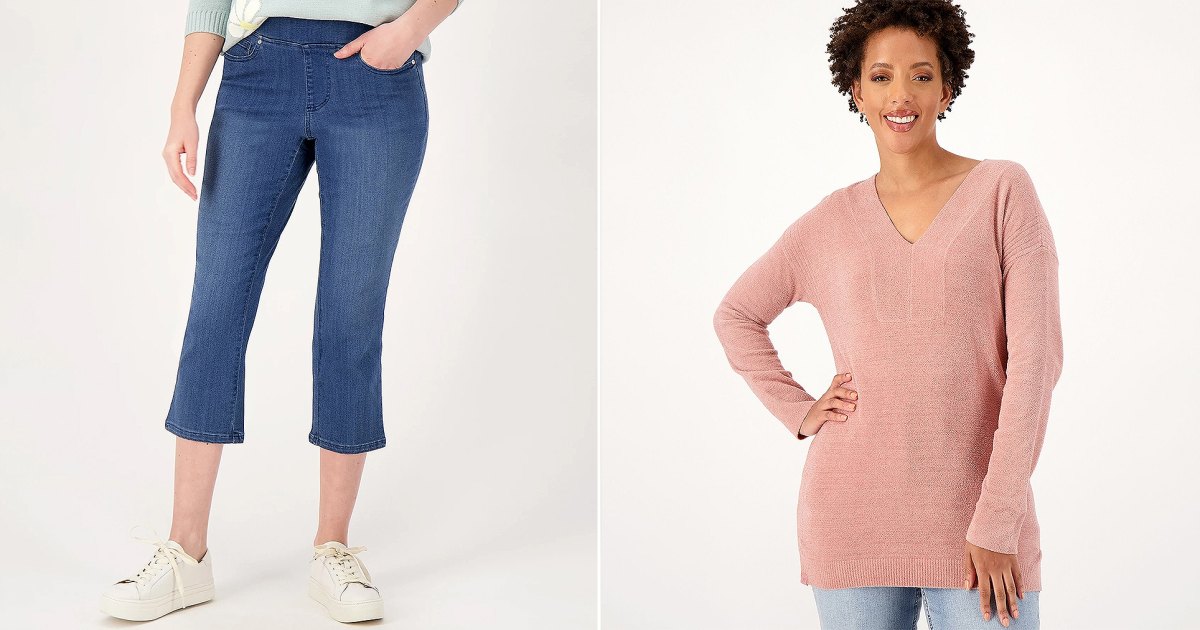For the last two a long time, LVMH has been gearing up to offer people with unparalleled ranges of information and facts about exactly where and how its garments and footwear are manufactured.
Throughout its models, from Louis Vuitton and Dior to Celine and Loewe, the French luxurious titan is pushing to unravel sophisticated offer chains, trace the origins of its solutions and pin down granular info wanted to comply with an oncoming wave of regulation aimed at addressing fashion’s environmental affect. It is a enormous endeavor to track the facts throughout residences and merchandise, and it’s still a do the job in development.
“We have a hole in every single maison,” reported LVMH environmental deputy director, Alexandre Capelli.
The corporation is racing to align with new legal guidelines on Jan. 1, France quietly made it necessary for fashion’s greatest businesses to give buyers detailed details about environmental traits like the proportion of recycled materials in a solution, as well as in which garments are sewn and supplies woven.
The law is an early salvo in a broad regulatory press using shape throughout Europe and the US that is set to stop yrs of lax controls in excess of the trend industry’s environmental footprint and backlinks to labour abuses.
Compliance is intricate and will demand companies to have a considerably greater command of their provide chains than most at this time do. And whilst some of the proposed new principles are probable to take many years to wend by the legislative system (and even for a longer period to occur into power), others – like France’s new law – will demand providers to act now.
Trend is not all set.
A Test Situation
France’s new needs drop underneath the country’s Anti-Waste for a Circular Economic climate, or AGEC, law, which aims to push organizations toward extra circular production and consumers in direction of more responsible usage routines. It demands brand names to provide people with much a lot more transparency about the international locations they source from and the environmental affect of the materials used.
For instance, if a brand name says a T-shirt is built of recycled product, it will need to have to disclose the proportion that is recycled. If more than 50 percent of a garment is designed of artificial fibres, it requirements to carry a warning that it will drop microfibres in the clean. There are stringent rules governing regardless of whether a company can claim an item is recyclable, and makes are essential to publish the nation exactly where a product is built, as nicely as where by the core product it consists of is processed and produced.
“It’s the very first time a regulation has required so a great deal disclosure in the whole marketplace,” claimed Baptiste Carriere-Pradal, speaking in his potential as co-founder and director at community affairs consultancy 2B Plan. He also chairs the Policy Hub, an EU advocacy team that signifies the passions of manner trade teams. “The field is not prepared at all.”
Although the law’s introduction is staggered to give scaled-down brands a lot more time to get ready, it came into drive for the major makes this thirty day period. Just figuring out whether or not a company is coated can be challenging. This 12 months, the legislation applies to companies that market a lot more than 25,000 objects a calendar year in France and create revenue in excess of €50 million ($54 million) in the state. It does not cover leather products.
“It’s really challenging,” said Sophie Bonnier, head of environmental excellence and circularity at French luxury conglomerate Kering. “We have to determine for each individual brand name who is involved, when, and then have to locate the info to be posted.” In Kering’s case, the circumstances indicate that Gucci and Balenciaga are protected this year, but other big labels, like Bottega Veneta and Saint Laurent, are not.
Manufacturers are anticipating a grace period as they scramble to acquire the data essential to comply. The legislation was passed in 2020, but specifics of the new needs ended up only printed in April, furnishing scant time to procedure the enormous volumes of knowledge needed, they say.
A brief scan of lots of significant players’ French sites reveals combined uptake so far and highlights some of the complexity associated. A pair of leggings for sale at Nike are promoted as mainly recycled, but there is no percentage breakdown of the recycled written content. On the other hand, a black polyester “skort” for sale at Zara now features up particulars of producing destinations and warns consumers of the possibility of microfibre shedding in the clean. A artificial Louis Vuitton jersey dress does not have a equivalent warning because the garment is dry-clean only, LVMH reported.
Adding to the problem for several manufacturers, information and facts on what’s predicted is mostly in French and particularly how some of the data should be calculated and introduced has not however been defined. The speedy turnover of a lot of variations, rather inherent in the craze-pushed nature of trend, can make issues more difficult way too.
LVMH is scaling up a partnership with traceability and data management platform Rather Made to collect and retain track of the information it wants to comply. This 12 months, the luxury giant’s priority is to nail down information for items that carry about year-to-period, explained Capelli. Zara-owner Inditex and Kering both of those reported they are operating to make confident they comply totally. Nike did not react to a request for comment.
Across the industry, meeting the ailments of the legislation is a huge and difficult undertaking that necessitates fashion models to produce on yrs-prolonged commitments to improve their supply-chain traceability, a process that eventually involves time and revenue to establish out capabilities and procedures across the organization.
“It involves a improve in the way you operate,” claimed Carriere-Pradal. “At the very same time, it’s revealing that a lot of this details was not to hand.”
A Regulatory Crunch
For manufacturers, currently being caught flat footed is starting to be riskier as regulation that is probable to have to have big variations to company functions moves forward globally, bringing with it the menace of money penalties and lawful action.
To be positive, the penalties involved with AGEC are not significant (€15,000 at most) the more substantial possibility is reputational and authorized, with NGOs, customer defense businesses and shoppers them selves really focused on what brand names are declaring, claimed Joanna Peltzman, a lover main the atmosphere practice at Paris at legislation firm Osborne Clarke.
All over the environment, quite a few brands are currently facing litigation for earning allegedly misleading environmental statements. Other legal guidelines beneath thing to consider globally could carry heftier fines calculated in percentages of brands’ world profits, with the scope of what’s lined established to raise considerably.
The European Union is functioning through a suite of guidelines intended to reshape the way trend operates by the close of the 10 years. Planned regulations involve new style necessities to make solutions more sturdy and cut down their environmental footprint and to supply much more transparency for individuals about items’ effect on the local climate.
Nations such as France and Germany have already toughened up thanks diligence needs, earning brands extra accountable for bad behaviour in their provide chains regulation the European Union is also looking at.
In excess of the last 12 months, New York and California have passed bans on poisonous “forever” chemical compounds commonly utilised in watertight outerwear. The proposed New York Vogue Act, which blends difficult thanks diligence and transparency prerequisites, could expose firms to penalties worthy of up to 2 percent of international income if handed.
The greatest positioned makes will be generating strategic investments that established them up to comply with the possible new policies now. Numerous major organizations have already stepped up paying on traceability equipment in anticipation of requires for more knowledge and disclosure, comparable to LVMH’s initiatives with Relatively Manufactured. And corporations are placing groups from structure to sourcing into education on sustainability necessities, although also using the services of matter specialists and community affairs specialists into senior roles to help remain on top of the altering landscape.
“Management of sustainability matters is evidently transferring from a issue of ‘good practice’ or ‘guidance’ to tricky legislation,” said Susanne Bullock, a spouse at legislation agency Gibson Dunn & Crutcher. “Brands are perfectly encouraged to keep track of these developments closely.”
For much more BoF sustainability coverage, signal up now for our Weekly Sustainability Briefing by Sarah Kent.
Editor’s Note: This write-up was revised on Jan. 13 2023, to right Joanna Peltzman’s name as perfectly as the environmental information obtainable on Zara’s French site, which include information on microplastics shedding.

:quality(70)/cloudfront-eu-central-1.images.arcpublishing.com/businessoffashion/YMPDVEYQQFELRINUNPC6KQLWTI.png)


/https://tf-cmsv2-smithsonianmag-media.s3.amazonaws.com/filer_public/0b/1b/0b1be0b6-6216-4a08-ac42-4fb5a96bfa8c/mary_quant_at_her_apartment_in_draycott_place_chelsea_london_c1965__keystone-france_gamma-keystone_getty_images.jpeg)